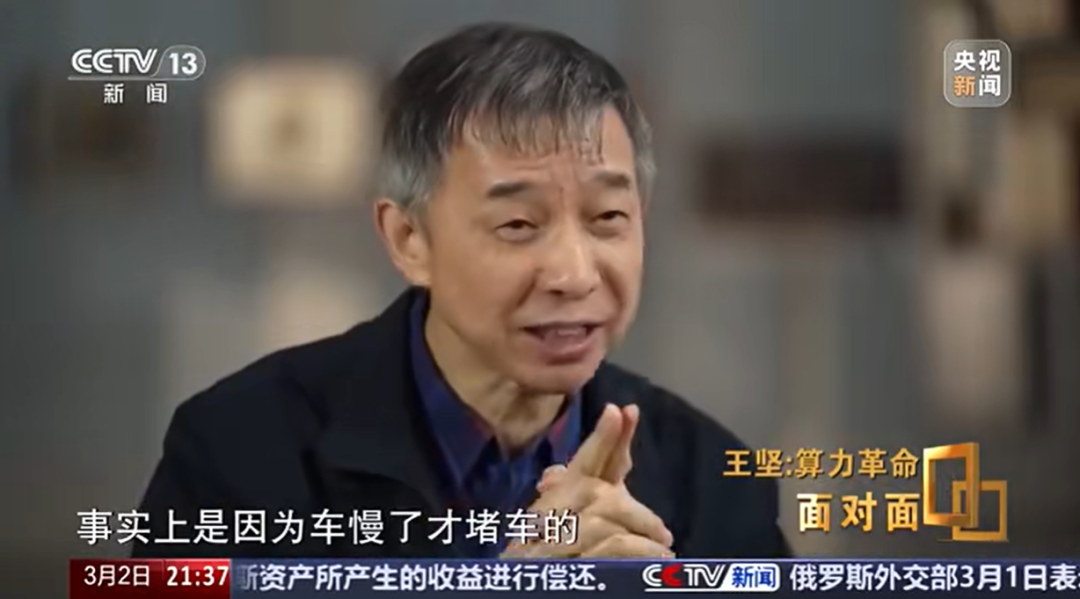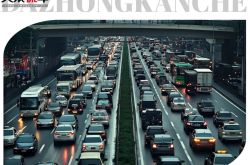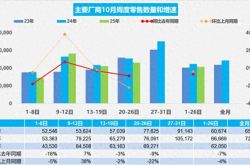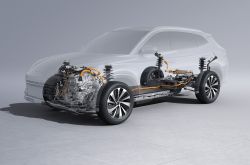Harnessing Computing Power and AI Networks: Innovative Approaches to Urban Traffic Congestion
![]() 03/04 2025
03/04 2025
![]() 549
549
In today's rapid technological landscape, urban traffic congestion persists as a significant challenge impacting daily life and urban development. CCTV's "Face to Face" interview with Academician Wang Jian offered fresh perspectives and reflections on this persistent issue. Academician Wang Jian highlighted that merely 6,000 vehicles can cause congestion on Beijing's Second Ring Road during peak hours, underscoring the complexity and severity of urban traffic woes. So, how can we leverage computing power and AI networks to tackle this problem?
Computing Power Revolution: A Paradigm Shift for Urban Traffic
In the interview, Academician Wang Jian elaborated on the significance of the computing power revolution. He categorized technological advancements in human history into the horsepower revolution, the electric power revolution, and the current computing power revolution. The horsepower revolution introduced roads and material exchanges, the electric power revolution reshaped modern urban civilization, and the computing power revolution, built on the internet infrastructure, promises to enhance human efficiency without escalating natural resource consumption.
From an urban traffic perspective, the computing power revolution presents new avenues for addressing congestion. Traditionally, we attributed congestion to an excess of vehicles, leading to measures like traffic restrictions and purchase quotas, with limited success. However, Academician Wang Jian posits that it is the slow speed of vehicles, rather than their number, that causes traffic jams. Computing power enables us to accurately monitor the number of vehicles on the road and determine the optimal release of vehicles at intersections without compromising speed. For instance, in Hangzhou, tens of thousands of traffic cameras collect data, which AI processes to intelligently manage traffic lights and improve traffic flow. This underscores the immense potential of computing power in urban traffic management.

AI Networks: The Heartbeat of Intelligent Transportation
As a pivotal application of the computing power revolution, AI networks serve as the cornerstone of intelligent transportation systems. They collect and analyze traffic data in real-time, enabling intelligent scheduling, signal optimization, and efficient road resource allocation, thereby reducing vehicle waiting times and alleviating congestion.
Consider the integration of vehicles, roads, and clouds exemplified by Mushroom Auto's MogoNet vehicle-road-cloud collaborative system. This system dynamically maps urban traffic, providing precise driving guidance for intelligent connected vehicles while offering traffic flow analysis and optimization suggestions for traffic managers. In addressing urban traffic congestion, such systems ensure smooth vehicle flow, enhance road utilization, and fulfill the vision of an AI network facilitating real-time interaction between intelligent agents and the physical world.
Furthermore, AI networks predict traffic flow trends through deep data mining and analysis, enabling proactive traffic dispersion measures. By analyzing historical and real-time traffic data, the system anticipates potential congestion on specific road segments during certain times, adjusting traffic signals in advance or issuing warnings to reroute vehicles away from congested areas.
Challenges and Limitations
Despite their potential, AI networks face several challenges and limitations in solving traffic congestion.
Firstly, data security is paramount. The extensive collection and processing of traffic data by AI networks necessitate robust data security and privacy protection measures. Data breaches or misuse can pose severe threats to personal privacy and urban security. Therefore, establishing a comprehensive data security mechanism is crucial for the application of AI networks in transportation.
Secondly, algorithm optimization is essential. While AI algorithms have made significant strides in processing traffic data, they still face limitations in complex traffic environments. For instance, extreme weather conditions like heavy rain or snow can impair sensor performance, leading to inaccurate data and affecting AI decisions. Additionally, the varying traffic characteristics and needs of different cities necessitate algorithm optimization to adapt to diverse traffic scenarios.
Thirdly, technology integration is a challenge. The deployment of AI networks requires the seamless integration of multiple technologies, including sensors, communication systems, and cloud computing. Ensuring system stability and reliability through effective technology integration remains a hurdle.
Future Outlook: Computing Power and AI Networks Transforming Urban Traffic
The future smart city envisions a highly connected and intelligent ecosystem, with the transportation system at its core. The integrated application of computing power and AI networks will render urban traffic more efficient, safe, and environmentally friendly. Residents will enjoy an enhanced travel experience, while city managers will gain powerful tools to address traffic congestion and other urban mobility challenges.
Moreover, the proliferation of intelligent transportation systems will foster the development of related fields, such as new energy vehicles and smart infrastructure, further promoting sustainable urban development. As technology advances, we have every reason to believe that future urban traffic will improve significantly, making travel more convenient and comfortable for all.








